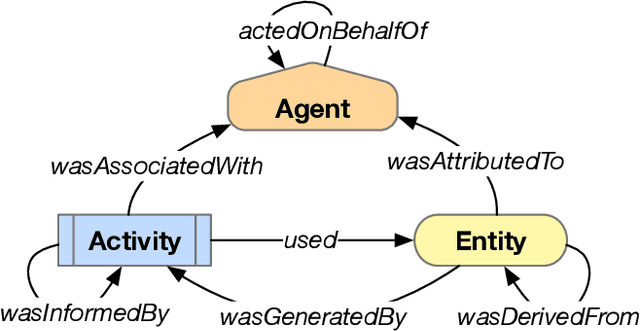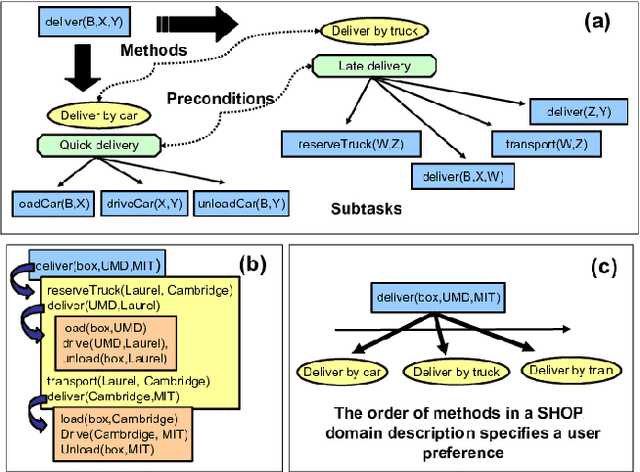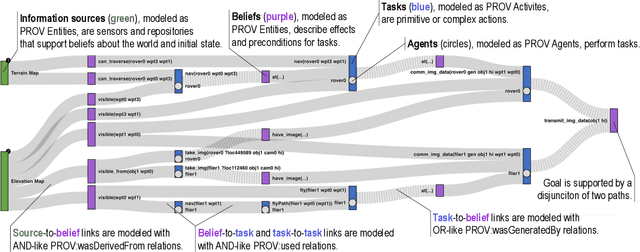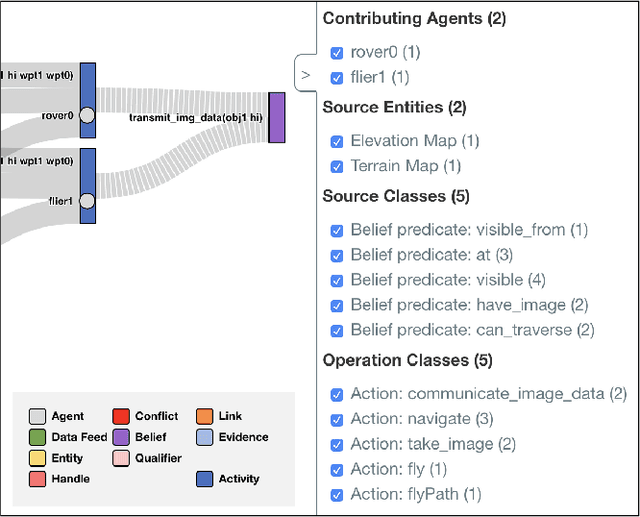Jeffrey Rye
Bottom-Up and Top-Down Analysis of Values, Agendas, and Observations in Corpora and LLMs
Nov 06, 2024Abstract:Large language models (LLMs) generate diverse, situated, persuasive texts from a plurality of potential perspectives, influenced heavily by their prompts and training data. As part of LLM adoption, we seek to characterize - and ideally, manage - the socio-cultural values that they express, for reasons of safety, accuracy, inclusion, and cultural fidelity. We present a validated approach to automatically (1) extracting heterogeneous latent value propositions from texts, (2) assessing resonance and conflict of values with texts, and (3) combining these operations to characterize the pluralistic value alignment of human-sourced and LLM-sourced textual data.
Provenance-Based Assessment of Plans in Context
Nov 03, 2020



Abstract:Many real-world planning domains involve diverse information sources, external entities, and variable-reliability agents, all of which may impact the confidence, risk, and sensitivity of plans. Humans reviewing a plan may lack context about these factors; however, this information is available during the domain generation, which means it can also be interwoven into the planner and its resulting plans. This paper presents a provenance-based approach to explaining automated plans. Our approach (1) extends the SHOP3 HTN planner to generate dependency information, (2) transforms the dependency information into an established PROV-O representation, and (3) uses graph propagation and TMS-inspired algorithms to support dynamic and counter-factual assessment of information flow, confidence, and support. We qualified our approach's explanatory scope with respect to explanation targets from the automated planning literature and the information analysis literature, and we demonstrate its ability to assess a plan's pertinence, sensitivity, risk, assumption support, diversity, and relative confidence.
* 9 pages, 7 figures, including in Proceedings of the 2020 ICAPS Workshop on Explainable AI Planning (XAIP)
 Add to Chrome
Add to Chrome Add to Firefox
Add to Firefox Add to Edge
Add to Edge